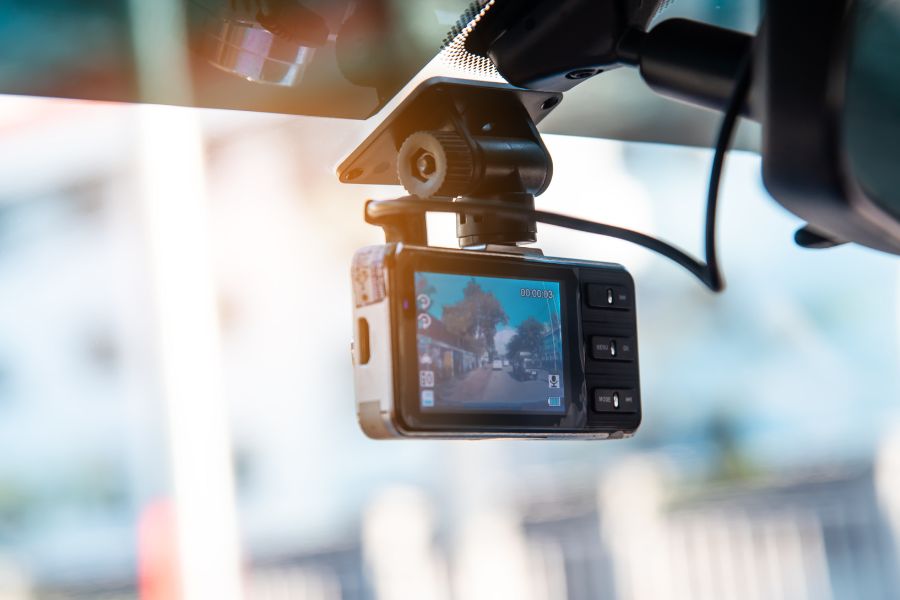A dashcam – short for dashboard camera – is a small camera that is installed in the vehicle to record videos while driving or when parked. The dashcam is becoming increasingly important in fleet management , as it helps to preserve evidence in the event of accidents and to optimize driver safety.
What is a dashcam?
Dashcams are usually attached to the windshield or dashboard. They continuously record what is happening on the road – sometimes with sound, GPS data and speed information. There are also models with a reversing camera, parking mode or automatic accident detection (G-sensor).
Advantages of dashcams in the vehicle fleet
- Preserving evidence in the event of accidents: Video footage helps to clarify the circumstances of accidents and resolve liability issues more quickly.
- Protection against fraud: Dashcams protect against manipulation, e.g. in the event of provoked rear-end collisions or false statements.
- Transparency and trust: Dashcams ensure safety during customer transportation or deliveries, especially in commercial freight transport.
- Proof of insurance: Some insurers accept dashcam videos for claims settlement .
Legal aspects
In Germany, dashcams may generally be used, but the permanent and secret monitoring of traffic is not permitted. The following principles apply to legal permissibility:
- Data economy: Data should only be stored for specific events (e.g. accident).
- No publication without consent: Dashcam recordings may not simply be posted online.
- Usability in court: dashcam videos can be admitted as evidence if they are proportionate and related to the occasion (BGH, 2018)
Use in the vehicle fleet
Companies should regulate the use of dashcams in a binding manner, e.g. via a company car agreement. It is also important to inform drivers about the purpose, storage and access to the data. In combination with fleet software or telematics systems , the video footage can be usefully integrated into fleet management .
Conclusion
Dashcams offer a valuable opportunity for fleets to document accidents, minimize risks and simplify legal disputes. With a clear set of rules and data protection-compliant use, they represent a sensible investment in greater safety and transparency.

